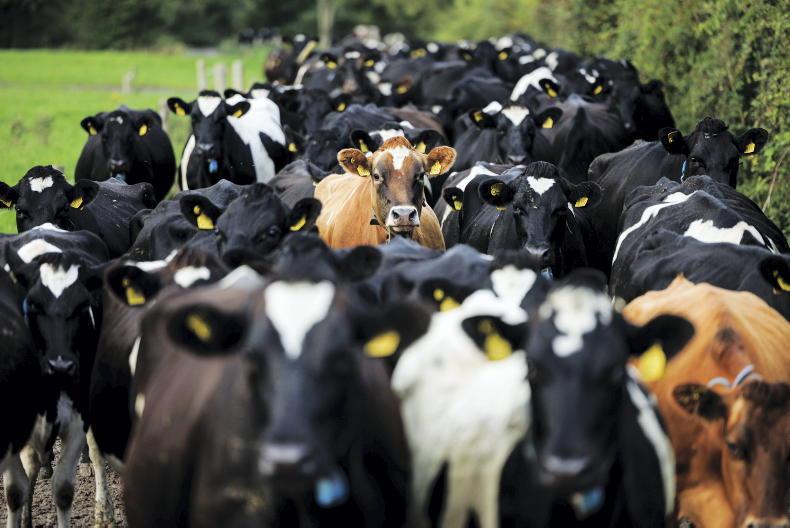Even though COP28 ran for almost two weeks in Dubai, it was only in the final hours that the real negotiation occurred.
This is always the way in any serious negotiation - no matter how long is allocated for debate, much of the time is spent lobbying and listening to wish lists.
It takes a deadline to deliver output and, in this respect, what emerged from Dubai has received general acceptance.
Inevitably, there is an element of fudge in what was always going to be a compromise, but there is now general acceptance that energy is the huge global issue and while we cannot be dismissive about emissions from agriculture, in the global context, they account for 12% of total emissions.
The Food and Agriculture Organisation (FAO) of the United Nations (UN) has put forward a road map to cut emissions from agriculture by 25%.
The FAO road map goes into detail on where there are easy wins for a reduction in emissions from agriculture.
The big theme is increasing productivity and Irish farmers would concur with this, as would European, New Zealand and North American livestock producers.
These regions are the most productive in the world when it comes to milk and meat yields per animal and while there is always room for further improvement, the real productivity gains are to be achieved in Asia and Africa in particular.
Emissions intensity
The FAO has published data for the average emissions per kilogramme of product for the different areas of the world.
As always with averages, the extremes aren’t reflected, but by studying the averages alone, we can see a very clear pattern of how production in Europe produces a much lower level of emissions per kilogramme of product compared with the world average - Africa has the highest emissions per kilo.
For example, in Europe, cattle on average produce 2.09kg CO2 equivalent per kilogramme (eq/kg) of product, less than half the global average, which is 5.25kg CO2eq/kg.
Emissions per kilo are particularly high in Africa at 11.8kg CO2eq/kg of product, but what is perhaps somewhat surprising is that North America is also higher than Europe at 3.13kg CO2eq/kg of product.
If we are looking at a reduction of global emissions from agriculture in isolation, then this data shows that the best way to achieve reduction is to concentrate production in Europe and North America.
In other words, it would make sense to produce more beef and dairy in Ireland, not less and notwithstanding nitrates issues.
Of course, it is neither practical nor desirable to dismiss animal production in small units in Africa and much of Asia, as they are an integral part of sustenance for societies that cannot pop into a local supermarket to stock up.
This is where FAO correctly points to the relatively low-hanging fruit of driving productivity in these regions, which will reduce emissions per unit of production.
The FAO road map in identifying where it is most efficient to produce meat and dairy also highlights again how counterproductive Ireland’s legislation for reduction of emissions by 25% is.
The outworking of Ireland producing less in a world that will demand more means production being transferred to regions with higher emissions per kilo of product.
It is unfortunate that by legislating with good intention to solve a problem, we will actually make it worse.






 This is a subscriber-only article
This is a subscriber-only article










SHARING OPTIONS: